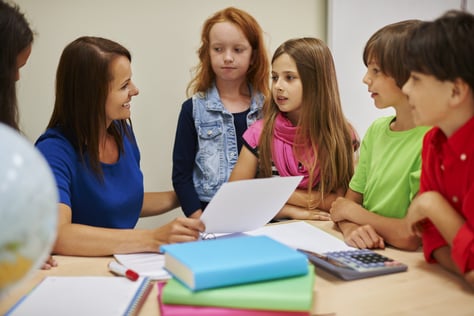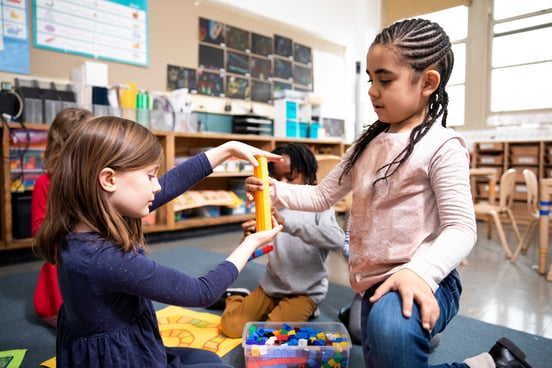
Math Assessment in California Schools: The Shift Toward Differentiated Instruction
Math assessment in California is changing. What used to be a compliance exercise or reporting tool is now becoming a...
Brian Whitney | Published March 12, 2019
As educators, we are aware that our current students will be redefining knowledge and possibilities in the future, in ways we cannot even imagine! It is our job to create and foster a learning environment where student failures and intellectual risk taking are anticipated and welcomed as vehicles to growth and innovation.
There are two significant reasons to fine-tune our attention to creating opportunities for risk taking and clearly modeling how we respond to student failures:
Mistakes lead to learning!
How we respond to mistakes leads to future behavior!

Here are two strategies you could use today.
Introduce a quick “Mess Up Warm Up”
Give students a scenario that aligns with your content area and have them respond through drawing, writing, or modeling. Ensure that the scenario has multiple solutions. Display a preplanned solution that would not necessarily work. Have students identify everything that is wrong with the solution; celebrate the idea, and then use linking sentence frames such as:
“This idea makes me think of ____.”
“In the example, I see ________ and I think it might work differently like _____.”
“I see _________ as a way to achieve ________. I wonder if _______ might be another way to achieve this.”
Create a “Risk Taking Wall”
Find a location in your classroom to put wild and crazy ideas on display: a creative draft of a topic sentence, a unique—and maybe not even successful—strategy for attempting a math problem, a draft sketch of a solution to an engineering design challenge.
As an extension, you might encourage students to mark up the work that is posted, leaving comments and feedback for their classmate and making the improvement process transparent for all to see!

Math assessment in California is changing. What used to be a compliance exercise or reporting tool is now becoming a...

You know the moment: a student’s eyes light up when the science experiment fizzes or the math puzzle helps them...

STEM classrooms are full of different types of learners in the classroom, each with their own strengths and needs.
...